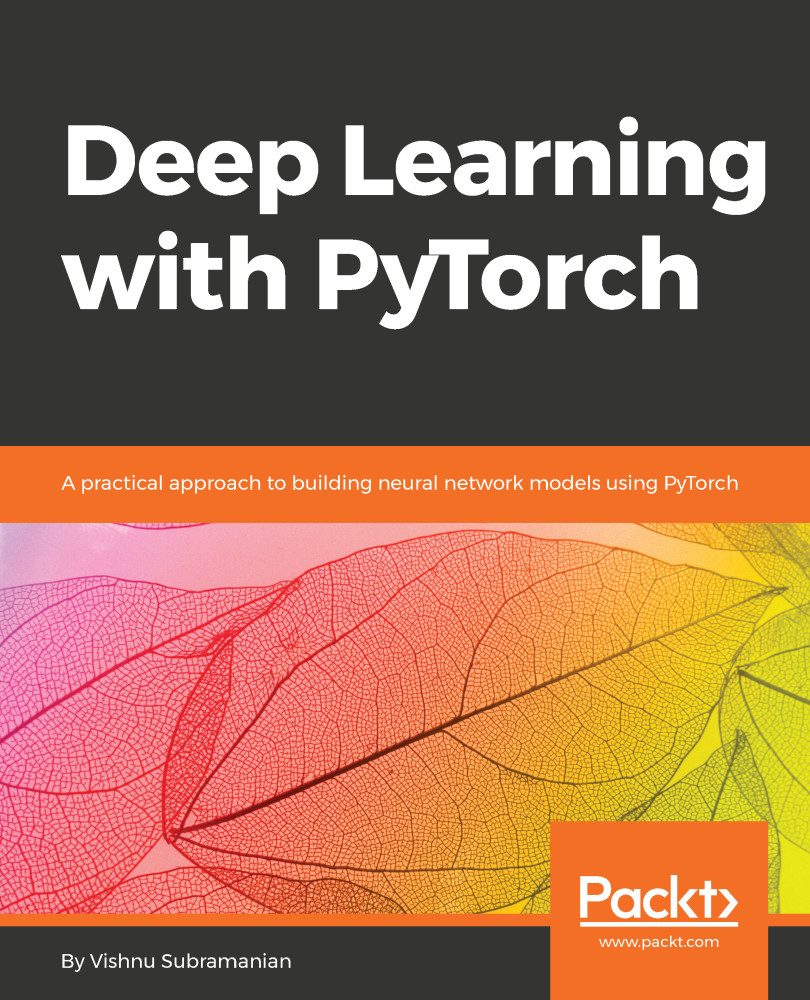All the examples that we have seen in the previous chapters were focused on solving problems such as classification or regression. This chapter is very interesting and important for understanding how deep learning is being evolved to solve problems in unsupervised learning.
In this chapter, we will train networks that learn how to create:
- Images based on content and a particular artistic style, popularly called style transfer
- Generating faces of new persons using a particular type of generative adversarial network (GAN)
- Generating new text using language modeling
These techniques form the basis of most of the advanced research that is happening in the deep learning space. Going into the exact specifics of each of the subfields, such as GANs and language modeling is out of the scope of this book, as they deserve a separate book for themselves. We will learn...


